As I mentioned last week, most of the resorts on Ko Libong are clustered around one beach on the island. Each has its own restaurant, but a walk along the beach took me to a ramshackle beach cafe/bar—Rimlay Restaurant.
A good wrap on the threats to dugong in Thailand.
Rimlay is owned by Mr Bangriam and his wife, both born and raised on the island. A fall down affair, the menu is simple—seafood, seafood and more seafood—and cheap. Bangriam doesn’t speak much English, but he has a boat and it is to his place we return today to visit the dugongs.
Missed the earlier entries?
Often referred to as sea cows or sea pigs, dugong look pretty much exactly how you’d imagine a sea cow would. Thailand is home to 250 to 300 dugong, of which around 70% inhabit the waters around Ko Libong. They can also be seen off of Ko Si Boya near Krabi.
The outlook from Rimlay. Photo: Stuart McDonald.
A mammal which feeds on seagrass, in the past dugong were hunted for meat. Today though, the primary threats come from elsewhere. They get trapped in fishing nets or ingest plastic. Meanwhile marine pollution damages their primary source of food. The death in 2020 of an infant dugong named Mariam, went viral, helping to raise awareness of their plight in Thailand.
In viewing them from a drifting longtail or kayak, tourists put money in the hands of local community members. They also signal the value of the mammals. They’re best seen just to the south of Baan Bute, one of the main villages on Ko Libong. In the shadow of Point Dugongs, sea grass fields flourish, fanning out across the shallows, and it is to here Bangriam takes us.
The outlook is hard to miss. Photo: Stuart McDonald.
It is about a thirty minute trip in his longtail. Along the way we pass an isolated white sand beach, totally undeveloped—one of many on the island. As we approach the shallows, he cuts the engine and we drift.
It is earlyish morning and we’re the only ones here. We wait, sitting on the prow, looking for our first dugong sighting. It is a bit like fishing with your eyes—dugongs are not show–offs like dolphins—there are no cavorting leaps. Rather they’re whale–like, surfacing for a breath then vanishing. A dugong can hold its breath for six minutes and often surfaces for seconds—keen eyes are an asset.
“Yes Dad, I am bored.” Photo: Stuart McDonald.
For two hours we float, seeing nothing. Other tourists, who have climbed the spectacular Point Dugongs wave to us from the summit. I find myself wondering if we should have climbed that instead as dugong might be easier to spot from there. Then we’d have to climb it though—the thought passes.
Another boat arrives, the two of us drifting. Whenever one of us drifts too close to shore, we motor back out and start drifting again. The kids are bored. Sam is bored. I am bored. It is hot and there’s only so long you can gaze at the landscape.
Dugong! Yes, they are no dolphins. Photo: Stuart McDonald.
Then we see one! Everyone wakes and cranes our heads to where Bangriam is pointing. Just the slightest of glimpses. In the next hour we see four—or was it the same one four times? Sometimes they’re quite close, perhaps twenty metres away, but as they can hold their breath for a while, there’s no guarantee where they’ll resurface.
Stomaches are rumbling by the time we call it a day and ask Bangriam to drop us at the village for a bite to eat. He drops us at the municipal pier, at its end a seven floor viewing tower stands. Will and I climb it for tremendous panoramic views—though we see no more dugongs.
The views from the tower are not too bad. Photo: Stuart McDonald.
Baan Bute has a clutch of locally–run homestays and, on the periphery of town a campsite. For us though, the real appeal is the seafood. We settle in to a seaside restaurant and order a lunch of crabs, squid and prawns. The food doesn’t get fresher than this and the prices are more than reasonable.
Later we stop by at a small street–side dessert stall. There’s a gift and snack shop beside it and I spy what looks like containers of dugong paste. Holding one up I ask the vendor if it is dugong and she looks at me like I’m mad then breaks into laughter. The kids roll their eyes—they’re done with my Dad jokes.
A light lunch, Baan Bute–style. Photo: Stuart McDonald.
The village has a pretty mosque by the water, and plenty of simple but well kept houses. Heading for the campsite for a looksee, we walk between the rubber trees that blanket much of Libong. I grab a tapping cup and explain to the kids how the trunk is carved letting the sap seep out, collecting in the cup. Their interest is low.
Then it is back to the village, for a ride back over the island to our resort. The rest of the day is given over to hammock swinging, reading and throwing a ball.
Dugong paste—don’t knock it till you try it. Photo: Stuart McDonald.
Later, the daily lightshow gets ready to kick off again and we settle in on the sand to enjoy it and talk about dugongs.

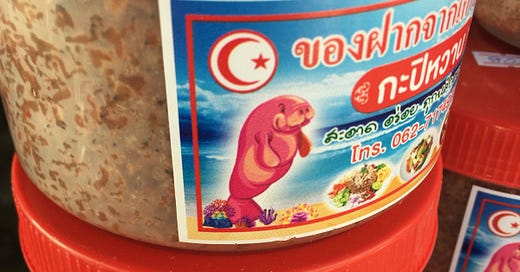


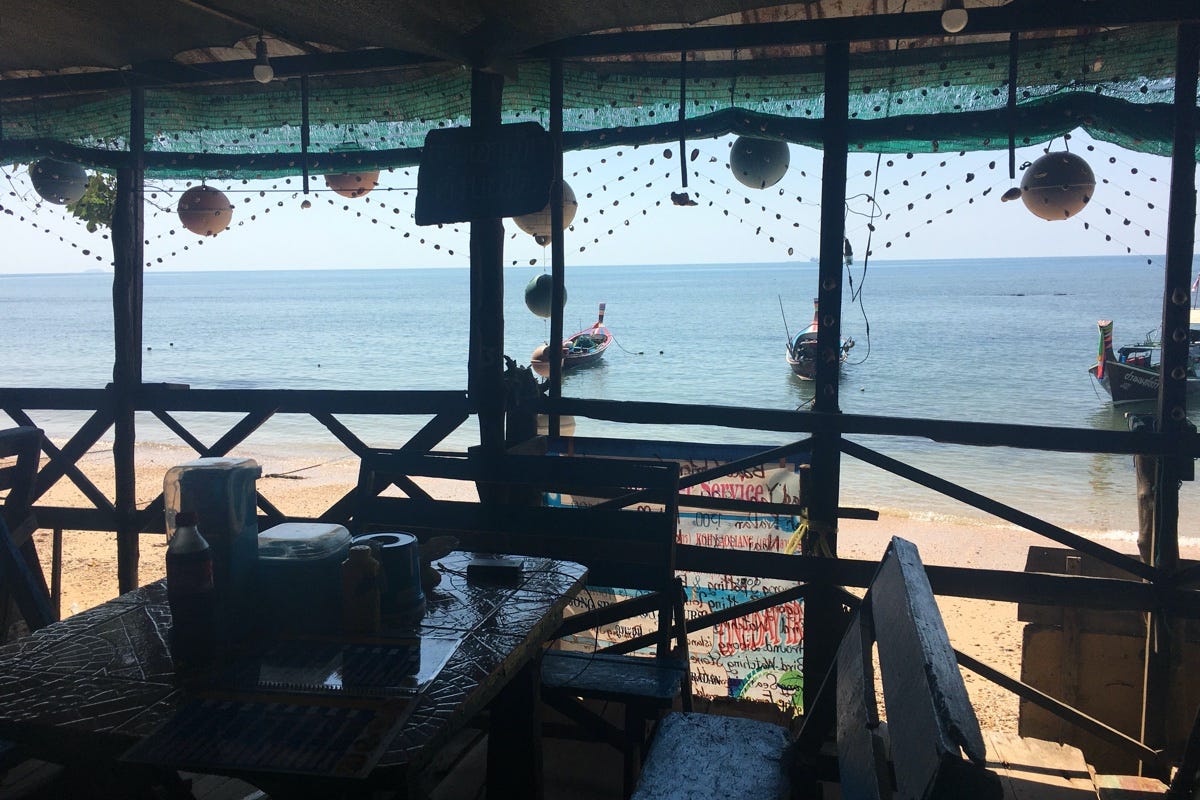
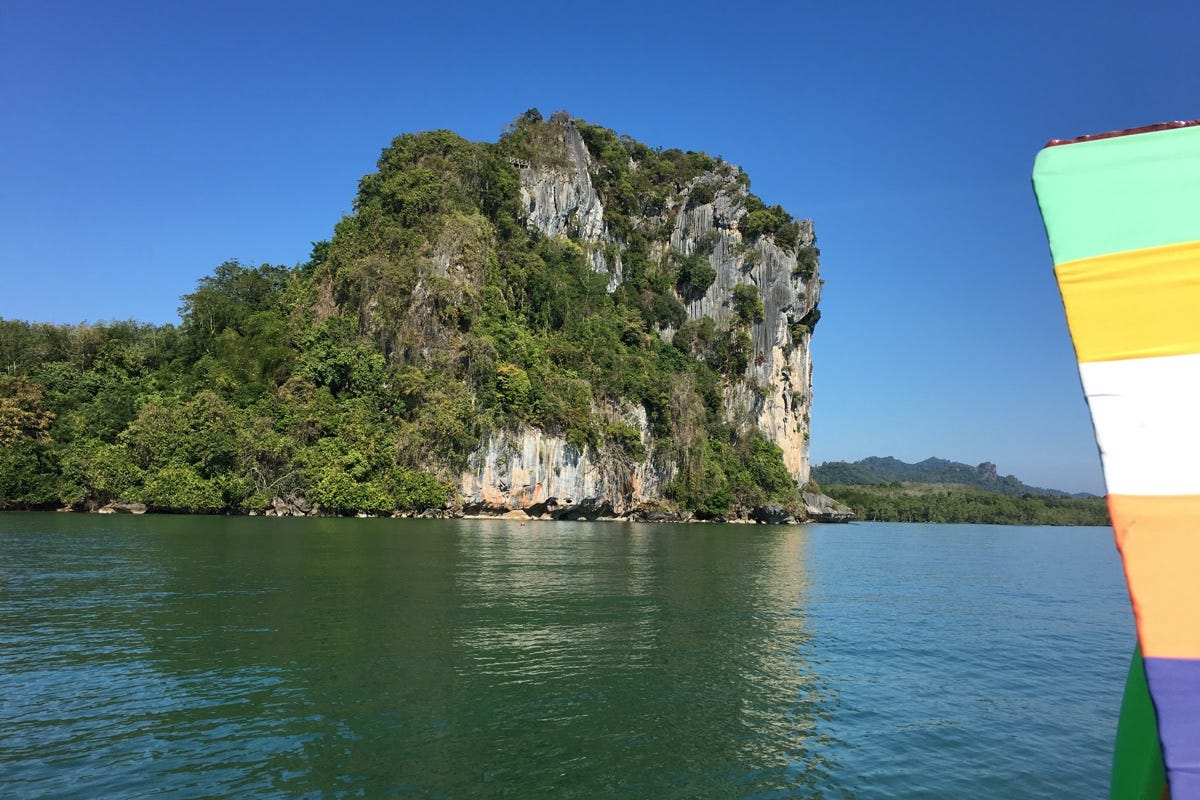
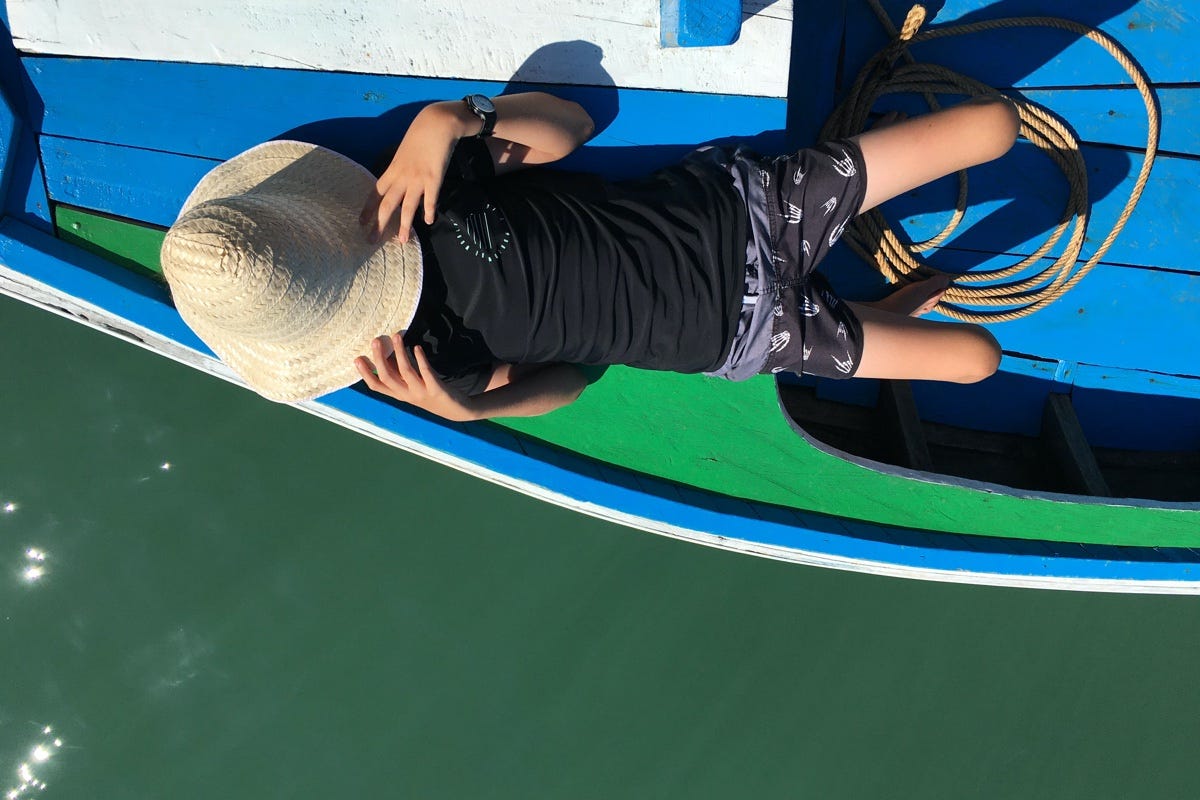
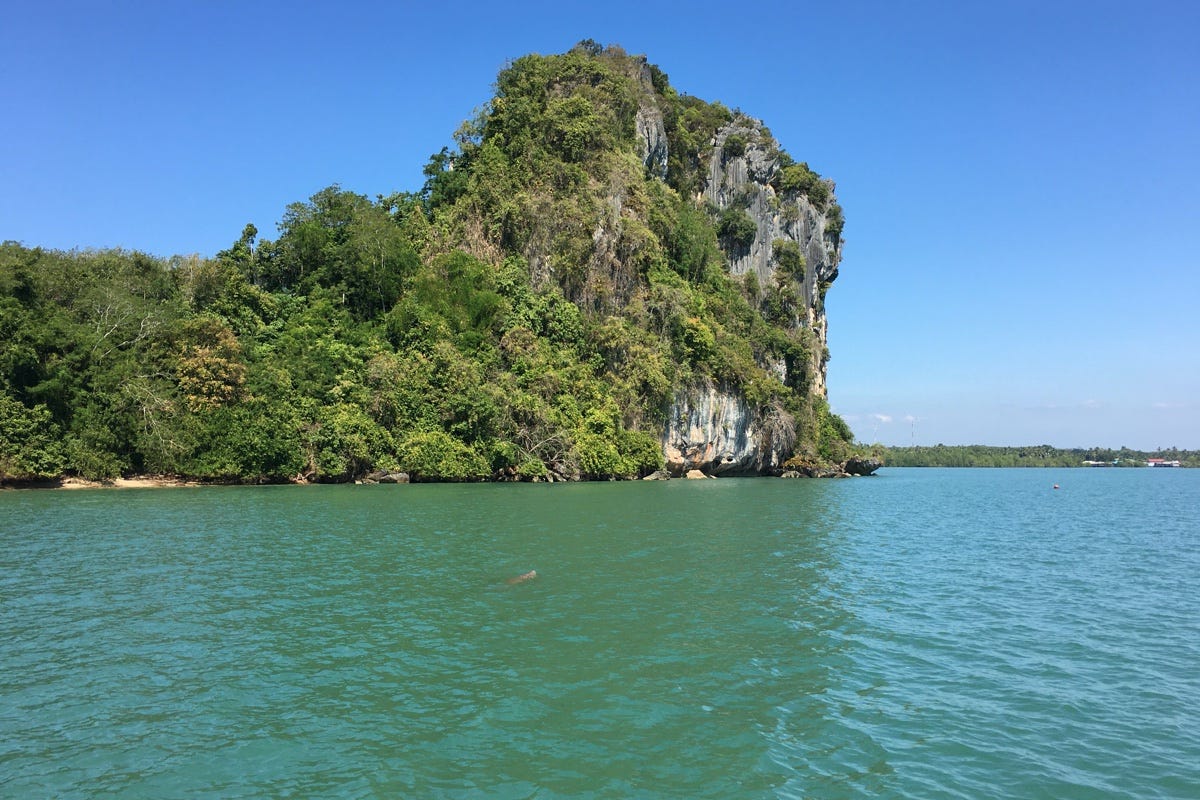
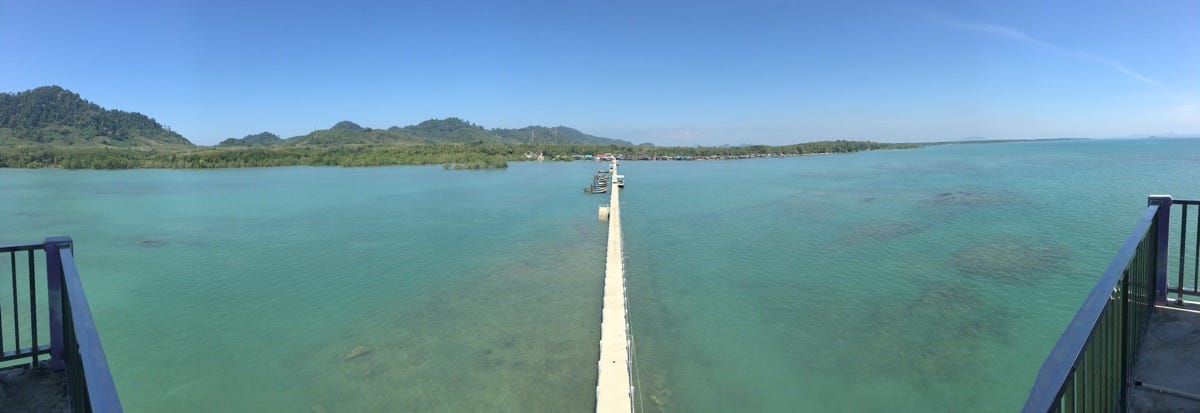
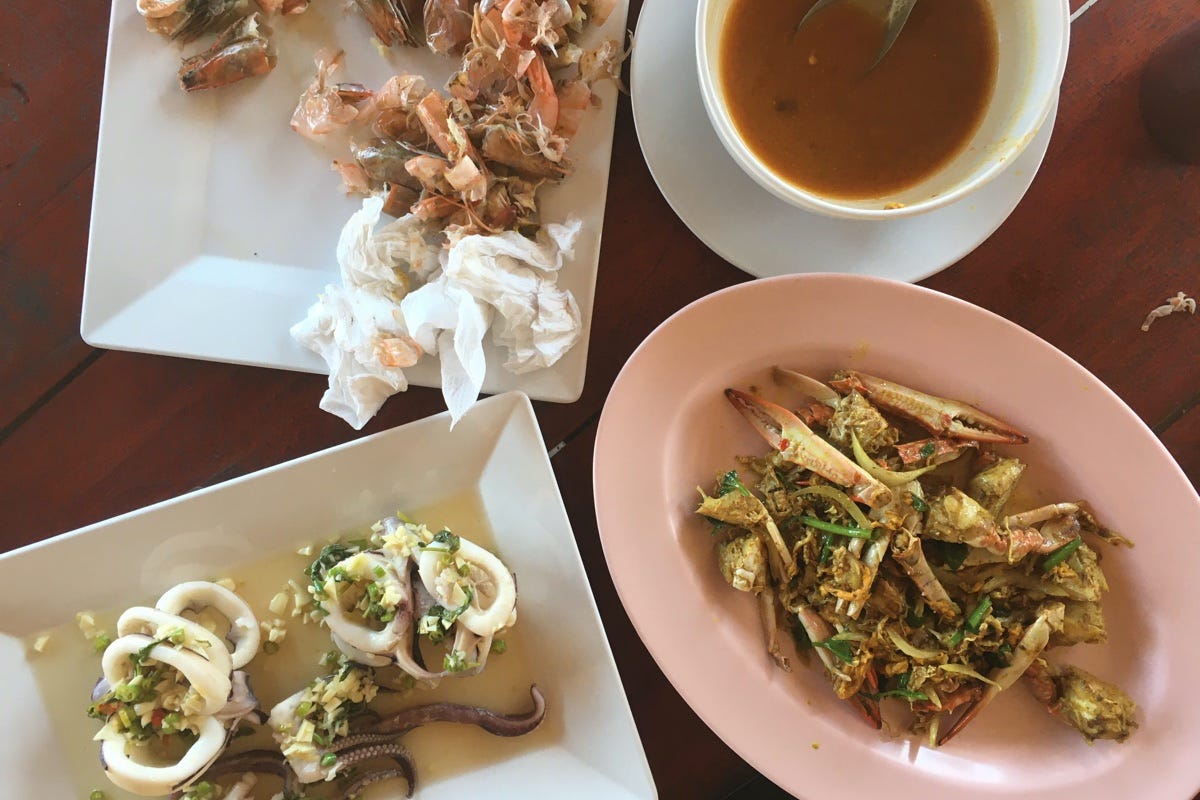










Share this post